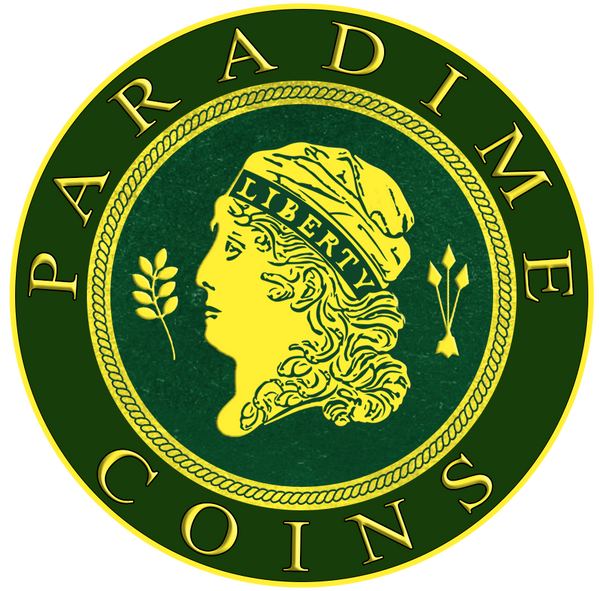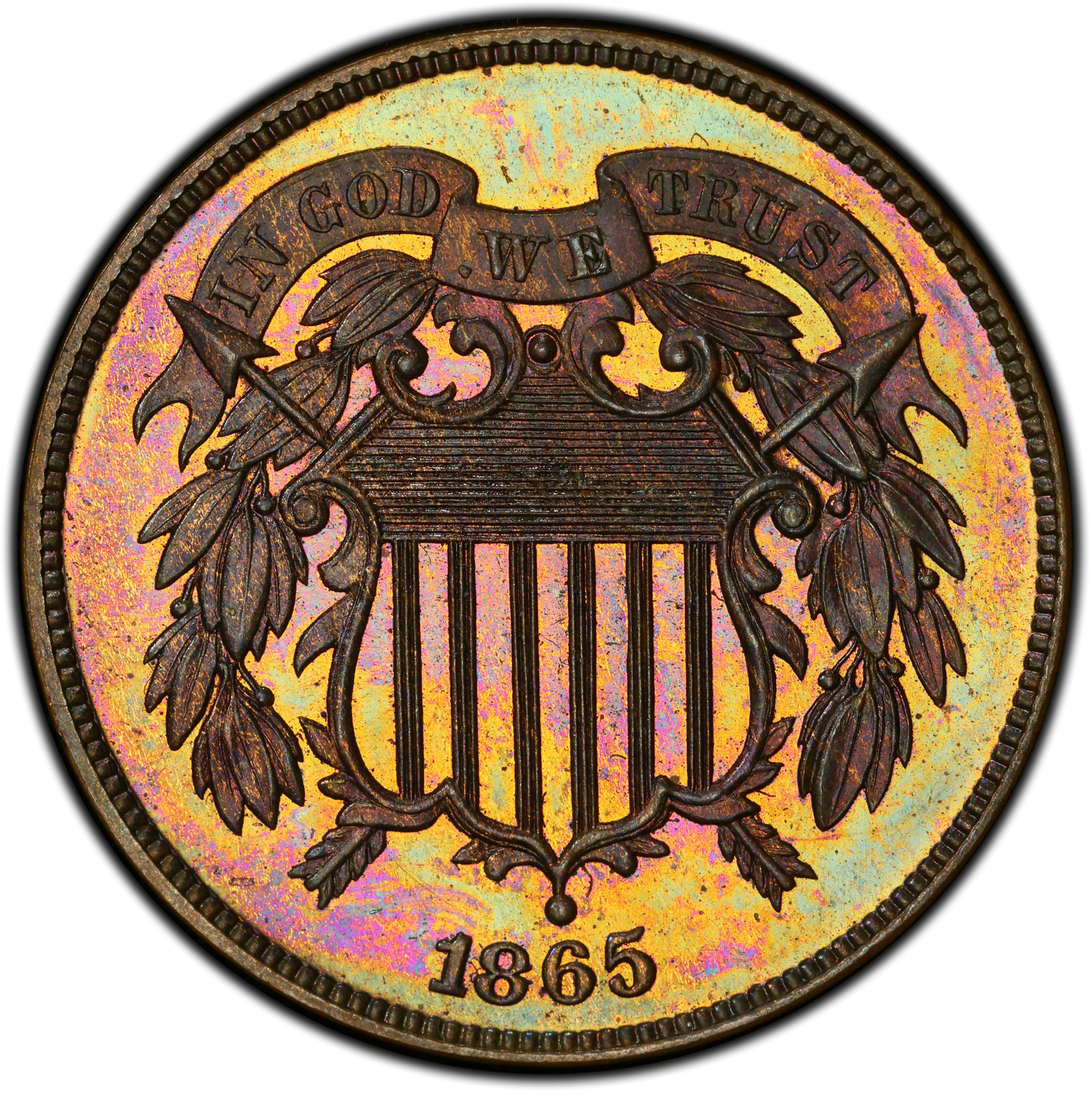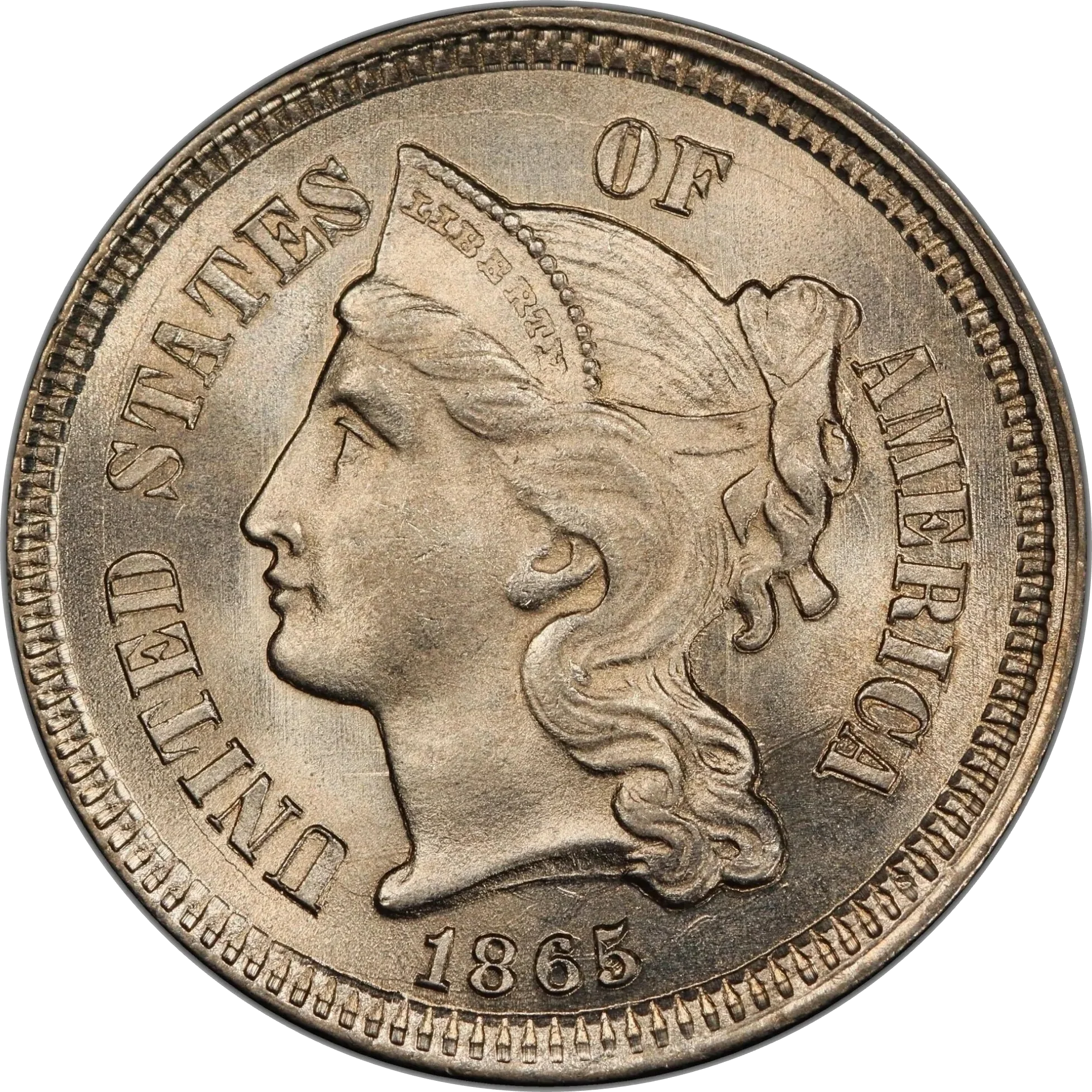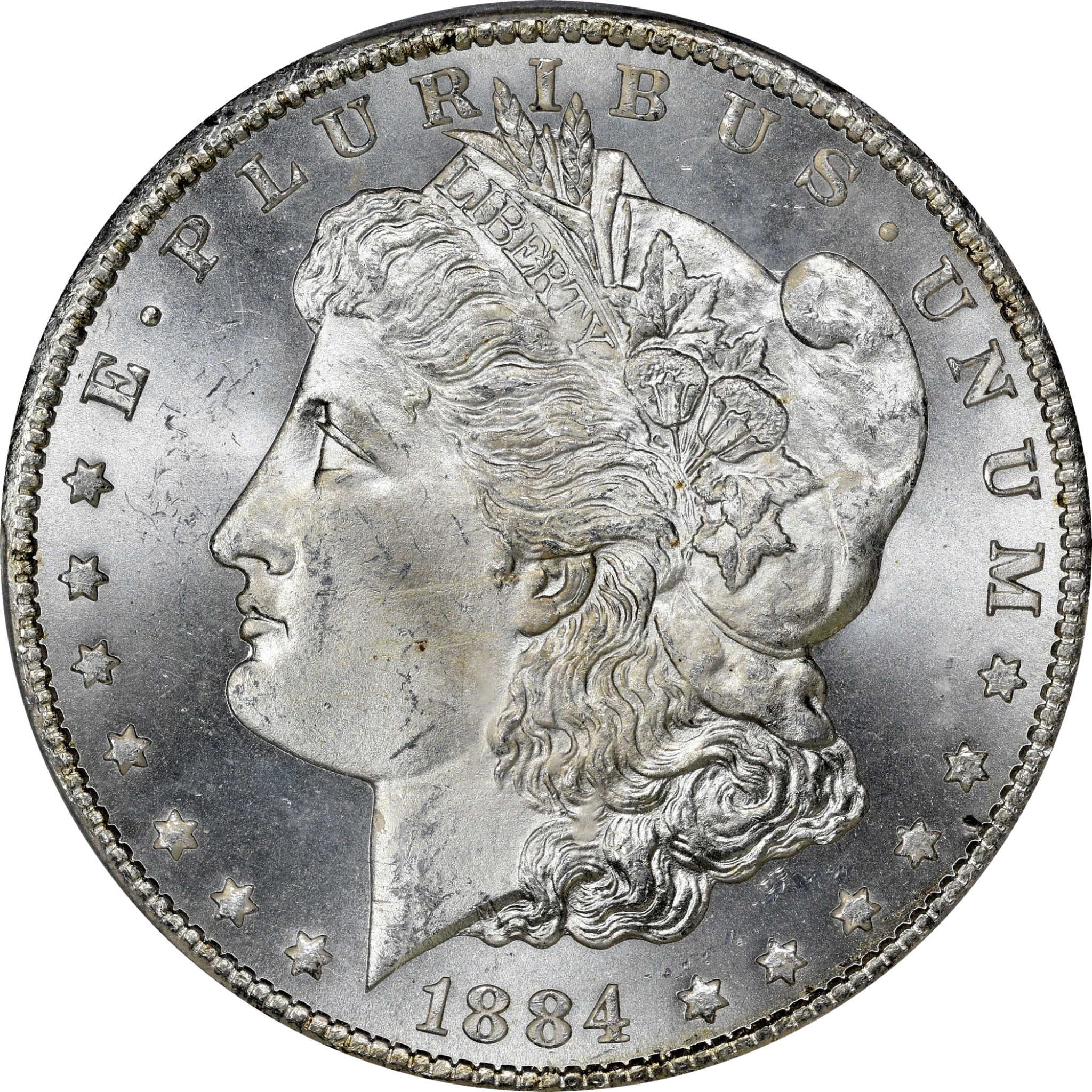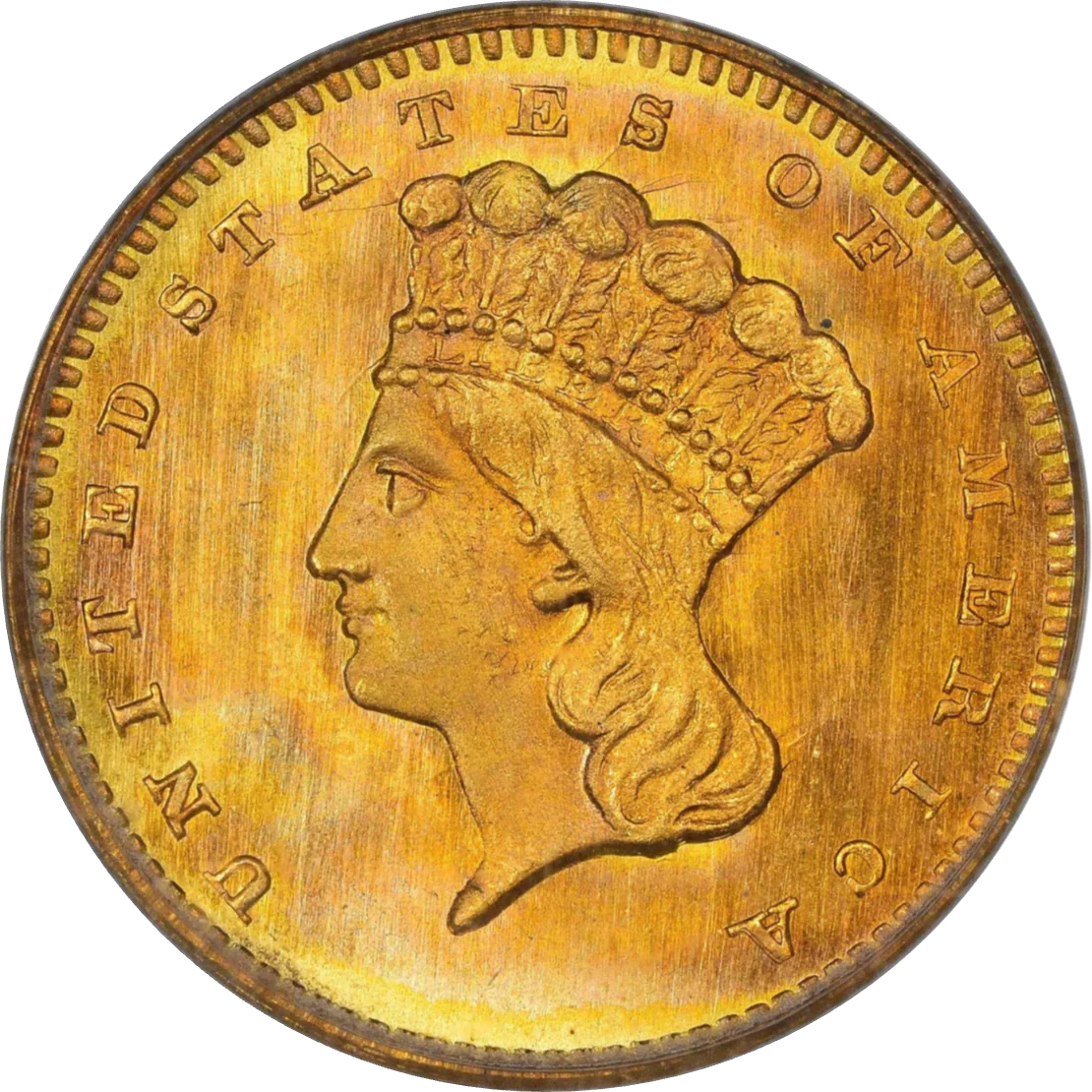Collection: Type 1, Jefferson Profile
No products found
View All Inventory
Designed by: Felix O. Schlag
Issue Dates: 1938 to 2003
Composition: 75% copper, 25% nickel
Diameter: 21.2 mm
Weight: 5.00 grams (76.16 grains)
Edge: Plain
Business Strike Mintage: 44,790,177,510
Proof Mintage: 136,899,797
In 1938, the Jefferson nickel was introduced, replacing the long-running Buffalo nickel series. The new design ... Read More
Designed by: Felix O. Schlag
Issue Dates: 1938 to 2003
Composition: 75% copper, 25% nickel
Diameter: 21.2 mm
Weight: 5.00 grams (76.16 grains)
Edge: Plain
Business Strike Mintage: 44,790,177,510
Proof Mintage: 136,899,797
In 1938, the Jefferson nickel was introduced, replacing the long-running Buffalo nickel series. The new design emerged from a public competition that attracted over 390 artistic submissions. The winning entry, created by sculptor Felix Schlag, earned a $1,000 prize and featured a left-facing bust of Thomas Jefferson on the obverse and a depiction of his Virginia estate, Monticello, on the reverse.
While Schlag’s original concept presented Monticello from an angled perspective, the U.S. Mint modified the final design to feature a frontal elevation of the structure. The obverse displays a head-and-shoulders portrait of Jefferson, with the motto IN GOD WE TRUST to the left, and LIBERTY and the date to the right. The reverse centers Monticello beneath the legend E PLURIBUS UNUM, with the inscriptions MONTICELLO, FIVE CENTS, and UNITED STATES OF AMERICA arranged below.
From 1938 through 2003, the Jefferson nickel maintained this general design, with only minor modifications. One of the most notable came in 1966, when Schlag’s initials "FS" were finally added beneath Jefferson’s shoulder on the obverse. However, this change is not considered significant enough to constitute a major subtype in traditional numismatic classification.
A notable exception to the standard nickel alloy occurred between 1942 and 1945, when the Mint produced the so-called "wartime nickels", composed of 35% silver and lacking nickel entirely due to wartime metal demands. These issues are treated separately within the series due to their unique composition and prominent large mintmarks above Monticello.
For the general collector, Jefferson nickels are abundantly available in all grades, particularly from the 1940s onward. However, specialists often seek out examples with sharply struck steps on Monticello, a distinguishing feature used to evaluate strike quality and overall eye appeal. While full-step designations are challenging to locate for certain early issues—particularly those from the 1940s and 1950s—these nuances are typically of concern only to the advanced student of the series. For those assembling a basic type set, attractive examples of the five cents Jefferson nickel can be readily acquired with minimal difficulty.
... Read Less